Guide to Exploring All 9 California National Parks
Did you know that California is home to nine of the nation’s best national parks? From the scorching temperatures in Death Valley to the towering trees of the Redwoods and everything in between, all 9 California national parks are bound to have something for everyone. As a Californian and avid explorer, I’ve learned some tips and tricks for visiting each one over the years. In this guide, I’m counting them down from bottom to top—and sharing everything you need to know to visit each one!
Let’s explore what makes each of California’s national parks so inviting and ripe for an adventure! First, a quick disclosure: I’m including affiliate links in this post that, when you make a purchase through them, help me earn a commission from the sale at no cost to you. Your support helps me keep this blog going, so thank you!
1. Joshua Tree National Park
- Known for: Desert scenery + Joshua trees
- Activities: Hiking, bouldering, climbing, wildlife
- Don’t miss: 49 Palms Oasis, Arch Rock Nature Trail
We’re starting this countdown in Southern California with one of the most popular places for stargazers and warm winter camping: Joshua Tree National Park. One of the best California national parks for those seeking that unique desert scenery, this place will impress you with its peculiar trees and presence in various pop culture mediums. Joshua Tree has become somewhat ubiquitous with the California-Coachella-desert aesthetic.
It’s a small park and a highly trafficked one, especially in the summer and winter months. Off-roaders looking to get into the desert will love this park and the nearby state park Anza Borrega for the plentitude of dirt roads open to 4WD vehicles. Joshua Tree is the meeting point for the Colorado and Mojave Desert and is full of Joshua trees—the namesake twisted bristlecone trees that dot the California desert.
In the park, you can also find massive boulders great for rock climbing and bouldering. There are hiking trails that weave through hidden valleys and palm tree oasis’s tucked into the canyons. The campgrounds are perfect for evening stargazing and spotting wildlife like rattlesnakes and bighorn sheep. You won’t want to miss a hike to the 49 Palms Oasis, or the short but beautiful Arch Rock Nature Trail.
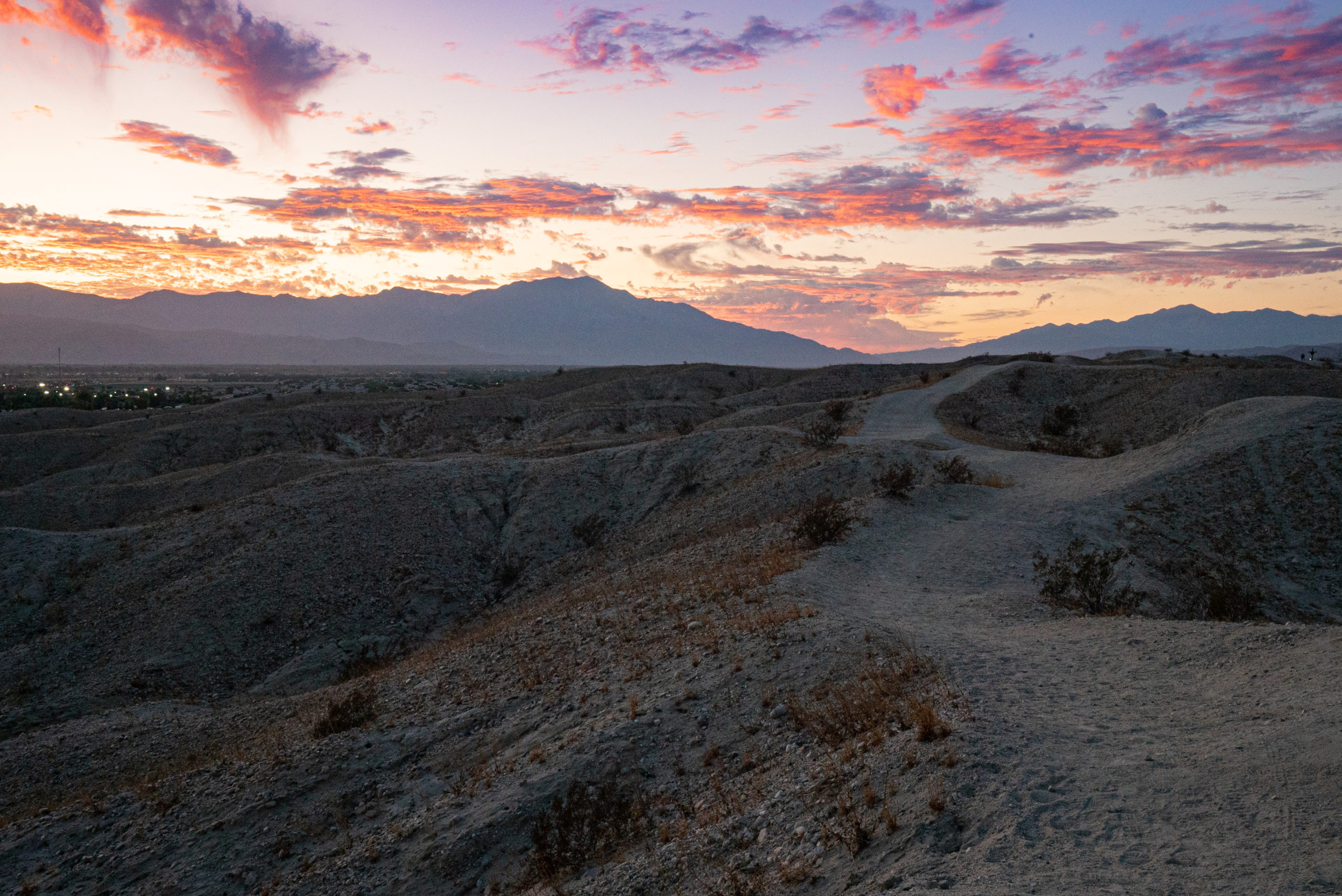
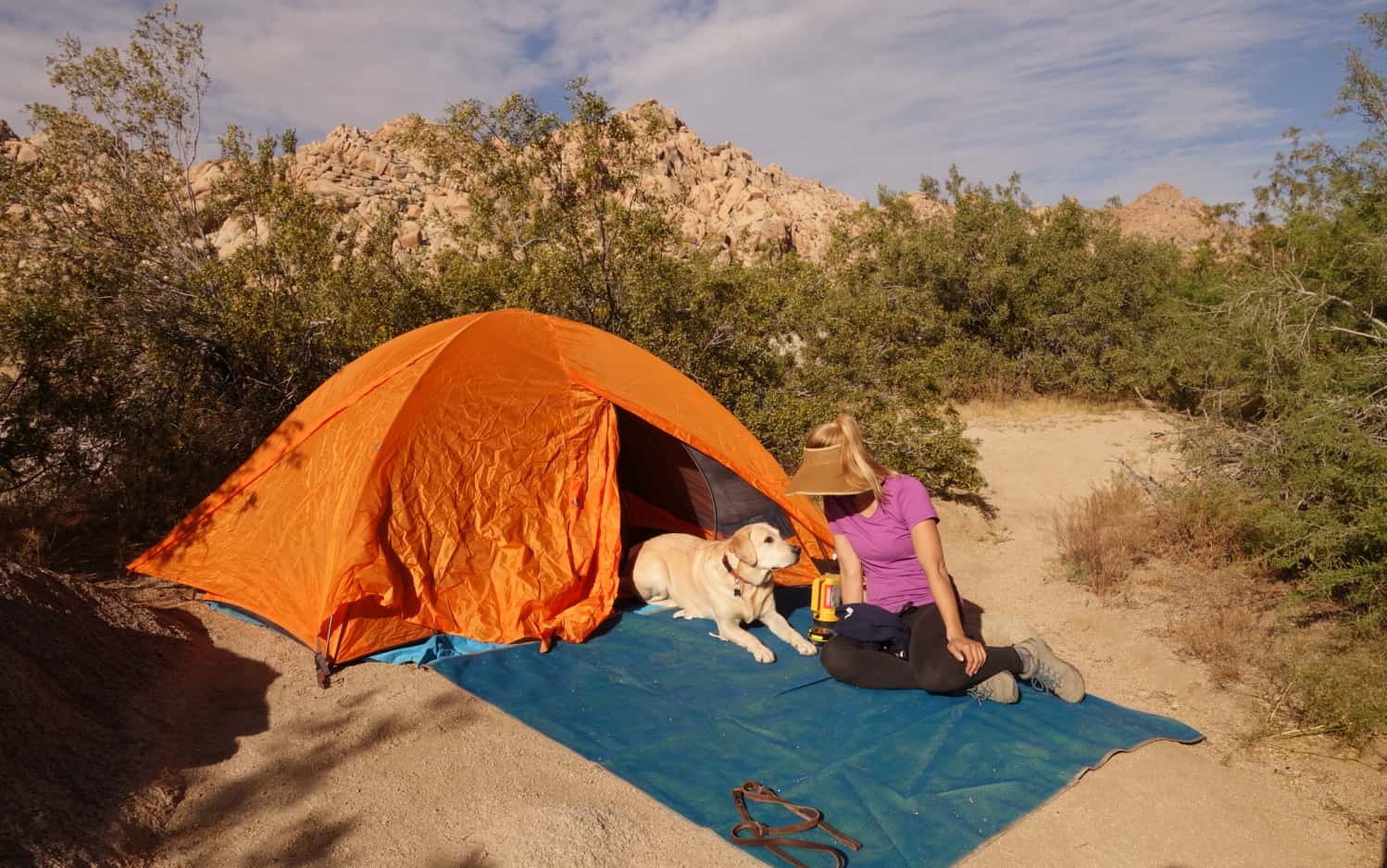
2. Channel Islands National Park
- Known for: Santa Cruz Island, marine scenery, wildflowers
- Activities: Hiking, snorkeling, diving, kayaking
- Don’t miss: Anacapa Island, sea caves + whale watching
Channel Islands National Park is one the 9 California national parks and of the least visited parks in the country. This park is actually a group of eight islands located off the coast of Ventura. The Channel Islands are only accessible by ferry, private boat, or seaplane. A few of the islands are bird and marine sanctuaries while others are revered for their great hiking, snorkeling, and camping. Heading out to the park can be an exciting excursion in itself where you may spot pods of dolphins, whales, and lots of seals and sea lions.
Santa Cruz Island is the most accessible with daily ferries heading out to the island for day trips and scuba diving. You won’t want to miss sea kayaking through the sea caves and hiking to see some of the island’s many viewpoints and wildflowers. You might even spot one of the island’s foxes! Anacapa Island is also beautiful for wildflower season. It’s one of the best places to go for a hike away from the crowds and potentially spot some bald eagles.
Below the water’s surface, you will be amazed by kelp forests, sea lions, and lots of fish species.
3. Death Valley National Park
- Known for: Scorching temperatures + otherworldly scenery
- Activities: Hiking, scenic drives, and wildflowers
- Don’t miss: Racetrack Playa + Rhyolite mining town
Moving inland it’s time to head to the hottest, driest, and lowest place in the U.S.: Death Valley National Park. Those willing to brace extreme temperatures in summertime will experience unrivaled geological formations. You will also be rewarded with some of the state’s most awe-inspiring wildflowers and scenery that feels out-of-this-world.
The Ubehebe Crater on the eastern side of Death Valley is 600 feet deep and a mile across. A volcanic explosion created the gaping hole, evidence of which is splattered across the hills surrounding the area in the form of massive, hardened cinders. One of my favorite areas of Death Valley is the Racetrack Playa. Racetrack Playa is home to the mysterious moving rocks. This dry lake bed is only accessible to 4WD vehicles and is truly out of this world.
Other can’t-miss stops in Death Valley include the Mesquite Valley Sand Dunes, driving through Titus Canyon, visiting Furnace Creek, and the remains of Rhyolite, the ghostly remains of an old mining town.
Watch National Park Adventures in Death Valley to learn more!

4-5. Kings Canyon and Sequoia National Parks
- Known for: Sequoia trees + rock formations
- Activities: Rock climbing, hiking, and museums
- Don’t miss: Moro Rock + Giant Forest Grove
Moving to the Eastern Sierras are the parks of Kings Canyon and Sequoia. Located about four hours from Los Angeles, these beautiful California national parks are filled with amazing places to hike and explore. Sequoia is spectacular whether traversed by foot, car, or even horseback, and is one of the most popular places for multi day backpackers from Socal to head out into the mountains.
The massive Sequoia trees are dwarfed by the park’s craggy peaks and granite domes. If you can take your eyes off the green giants and the towering rocks, try to take a look down! Here you’ll find rushing rivers and easily accessible marble caverns.
One of the most popular hikes in the park is up four hundred stone steps. This stone staircase will guide you to the top of Moro Rock, a massive granite dome that looks upon the Giant Forest grove. The General Grant Grove became a national park in 1890, in the same bill that made Yosemite a national park. It’s here you’ll find the General Grant Tree. This tree has been dubbed the official “Nation’s Christmas Tree.” It’s 268 feet tall and 107 feet around – think of all those Christmas lights!

6. Yosemite National Park
- Known for: Waterfalls, the valley floor, and wildlife
- Activities: Hiking, wildlife watching, and rock climbing
- Don’t miss: Half Dome + Fire Fall at Horsetail Falls
Heading north from Kings Canyon is one of my favorite national parks in California. Just over 200 miles east of San Francisco, Yosemite was the birthplace of the park system, getting its start with John Muir and Teddy Roosevelt. Yosemite is filled with deep valleys, dozens of waterfalls, and tons of wildlife. Visitors can also explore amazing hikes and rock climbing routes like Half Dome and El Capitan, which was made even more famous by solo climber Alex Honnold.
Yosemite has plenty of options for overnight visitors and campers with lots of great places to spend the night. The valley floor is full of wildlife, like deer, elk, and bear. The high country includes some phenomenal and challenging hikes like Tenaya Peak, Half Dome, and Clouds Rest, and wherever you decide to adventure you will be sure to be amazed by the verdant views and rich scenery. You can watch my epic adventure hiking Half Dome here!
Once a year photographers flock to the park to witness “Fire Fall,” a natural occurrence of light reflecting off Horsetail Falls. Year-round, people come to enjoy the Tuolumne Meadows and many whimsical waterfalls scattered around the park.

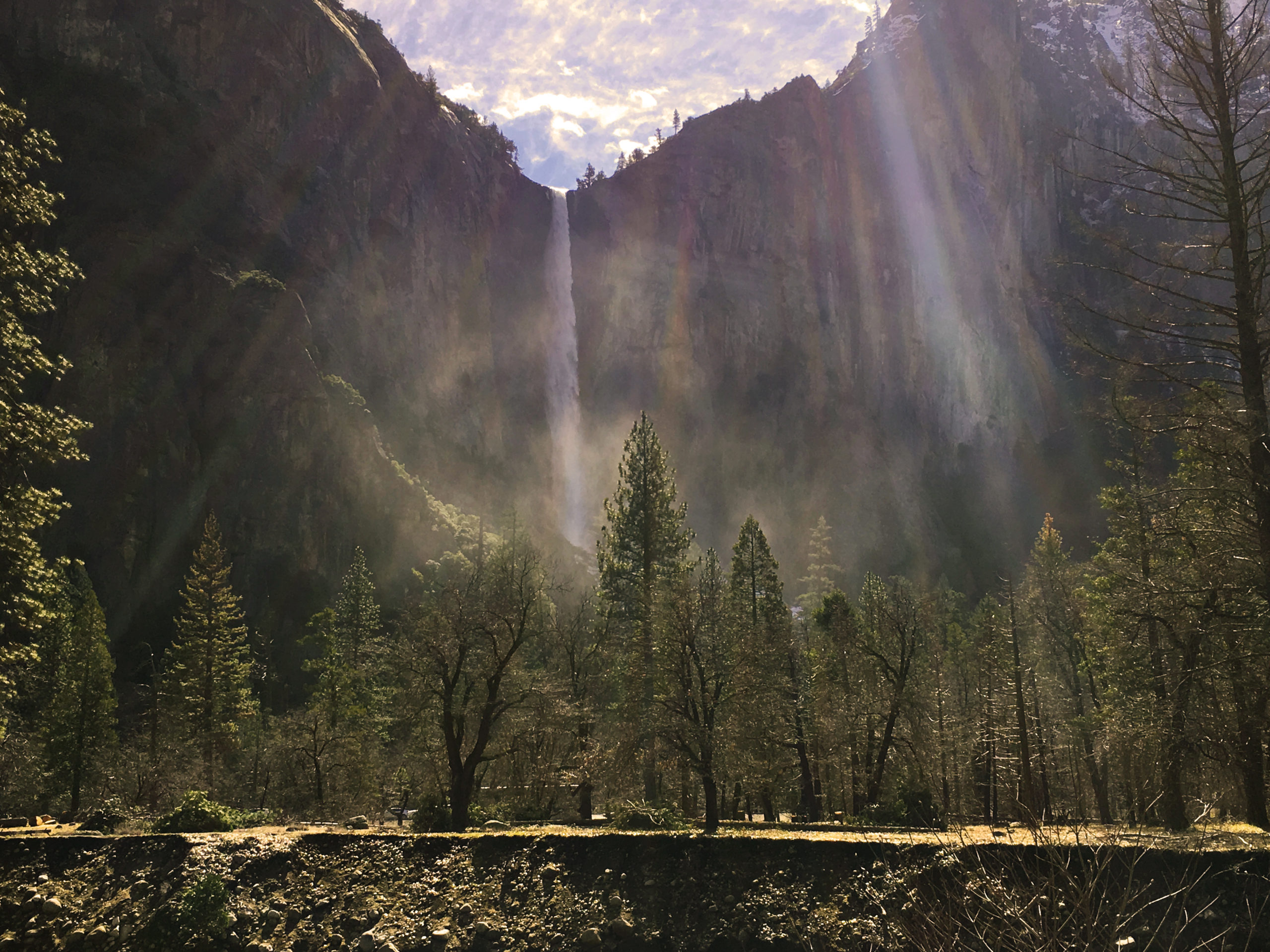
7. Pinnacles National Park
- Known for: Newest CA national park + rock formations
- Activities: Hiking, climbing, caving
- Don’t miss: California Condors near Bear Gulch
Pinnacles National Park is located 123 miles south of San Francisco and is California’s newest national park. This park is full of great hikes, waterfalls, and craggy mountains. Being so new, Pinnacles National Park is totally under the radar and a great place to explore without being over-crowded. This is one of the best places to spot the endangered California Condors, which can usually be seen by Bear Gulch, a hike full of boulders, caves, and even a waterfall.
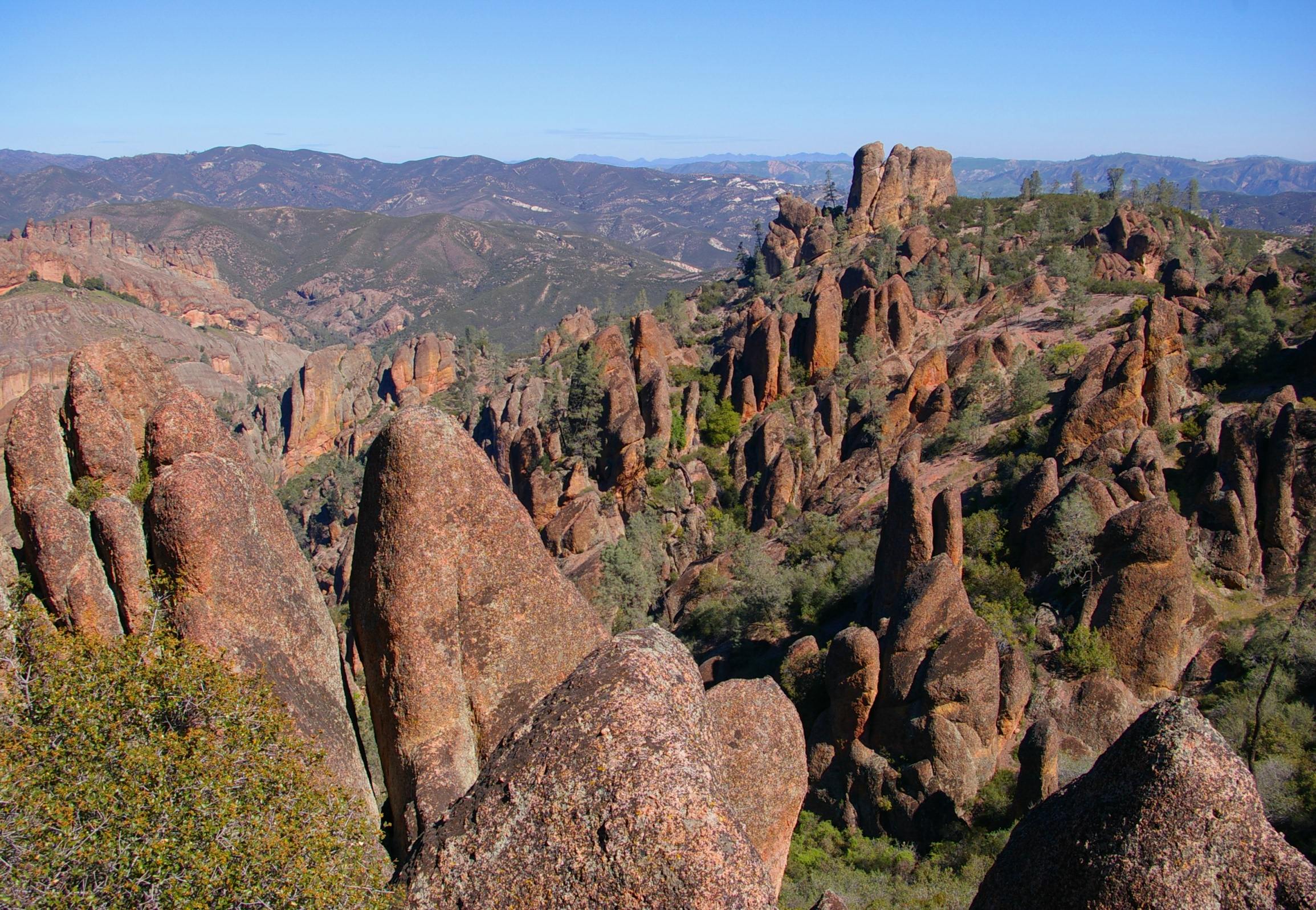
8. Lassen Volcanic National Park
- Known for: Volcanic landscapes + forests
- Activities: Hiking, canoeing, swimming
- Don’t miss: Bumpass Hell hike + summiting Lassen Peak
Though Yellowstone is arguably the best-known national park for steaming hydrothermal landmarks, California is home to its own fiery park—Lassen Volcanic National Park. The park’s jagged peaks hint at its volcanic past while boiling pools and pits of steaming water continue to enchant visitors and shape the rocky, wildflower-dotted landscape. A hike to Bumpass Hell will have you stumble around hydrothermal fumaroles and boiling mud pits. The largest fumarole is called Big Boiler and is known to reach 322 degrees F.
Crowds are few and far between at this park, but the waterfalls are plentiful. You will want to rent a canoe and paddle around Manzanita Lake, take a swim in Lake Helen, and make the steep ascent up Lassen Peak, which is an active volcano! This 5-mile hike is steep, but well worth it to say you climbed an active volcano.
Afterwards, you can head to the Butte Lake area for some real geologic history. Geology nerds will also love the hike to the Cinder Cone, another dormant volcano. This path is riddled with a geologic history like a debris field, a pumice field, and other volcanic fallout.

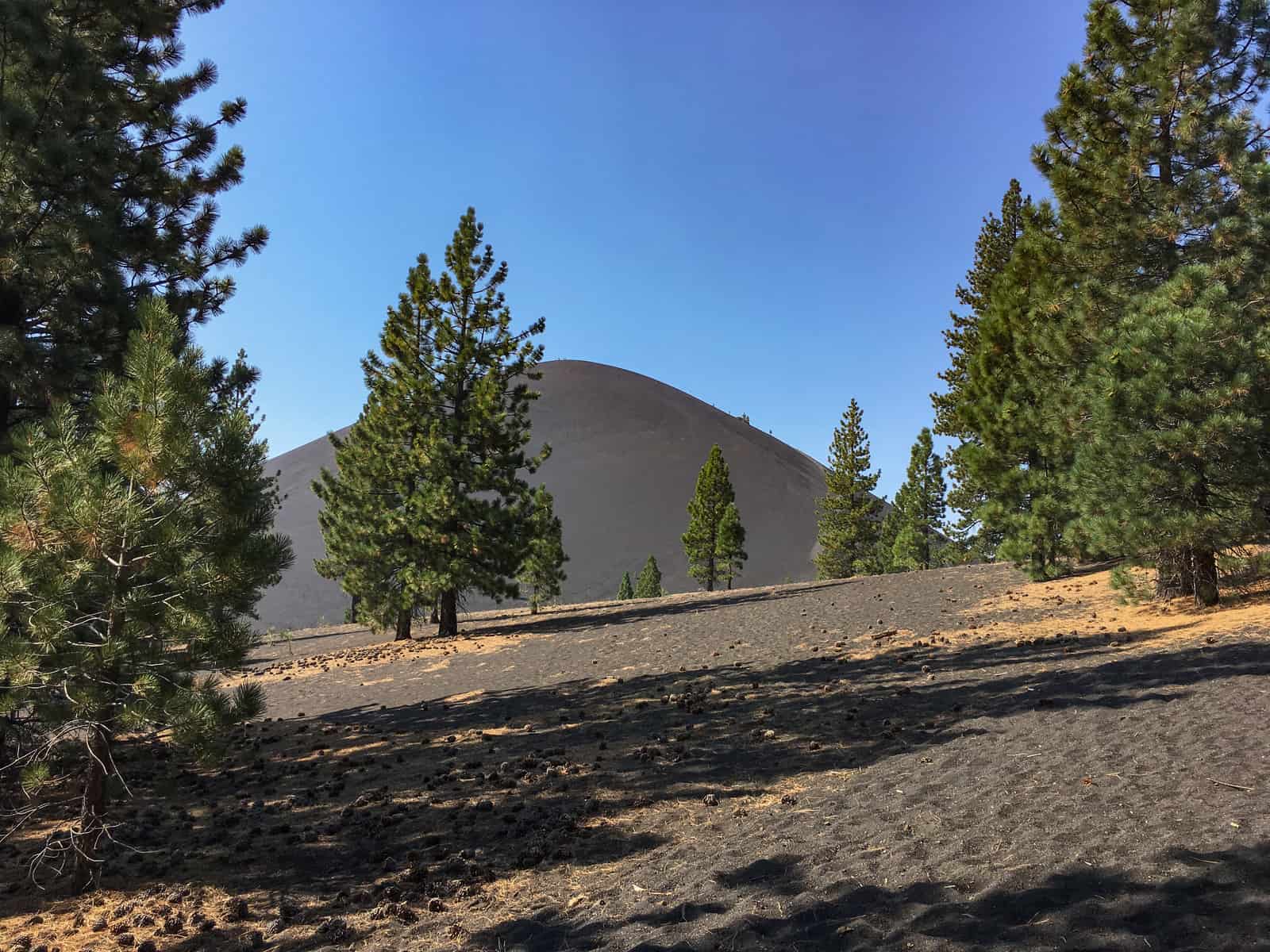
9. Redwood National Park
- Known for: Tallest redwood trees + wildlife
- Activities: Hiking, wildlife watching, scenic drives
- Don’t miss: Whale watching + exploring giant Redwood groves
The most northern California national park is 318 miles north of San Francisco. Redwood National Park boasts some of the largest coastal redwoods in the West and offers visitors the opportunity to spot the leafy giants on foot or by car.
It is one of the largest protected areas of coastal Redwoods on the planet and the size of these ancient giants will blow you away. There’s much more than just the trees to see at Redwood National Park, though. The coastal wilderness is a prime spot for viewing wildlife like elk and migrating whales. Peak months for viewing gray whales swimming from Alaska to Baja California (and back again) are November to December and March to April.

California is lucky to be home to 9 of the nation’s best national parks. From the desert landscapes of Joshua Tree and Death Valley to the wildlife-filled Channel Islands and Yosemite to the towering trees of Redwood and Sequoia, each of these parks are completely unique and awe-inspiring in their own way. I want to know which of these California national parks you’ve already visited and which are on your radar next. If you’re looking to get in great hiking shape for your next park, then check out my free 3-month training guide to get in peak condition for your next summit.
Which national park are you heading to next? Leave a comment down below. #NeverStopExploring
Pin Me
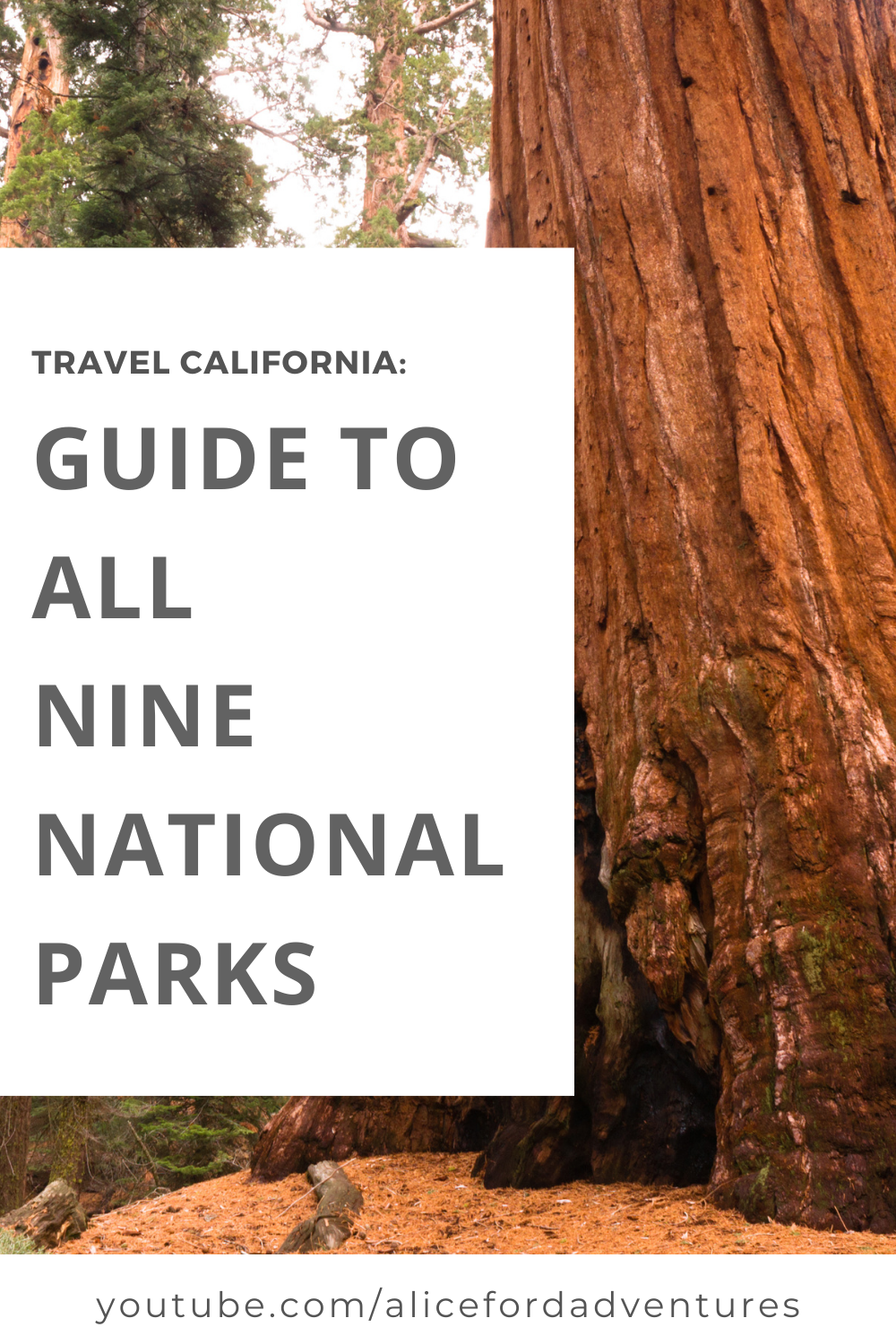
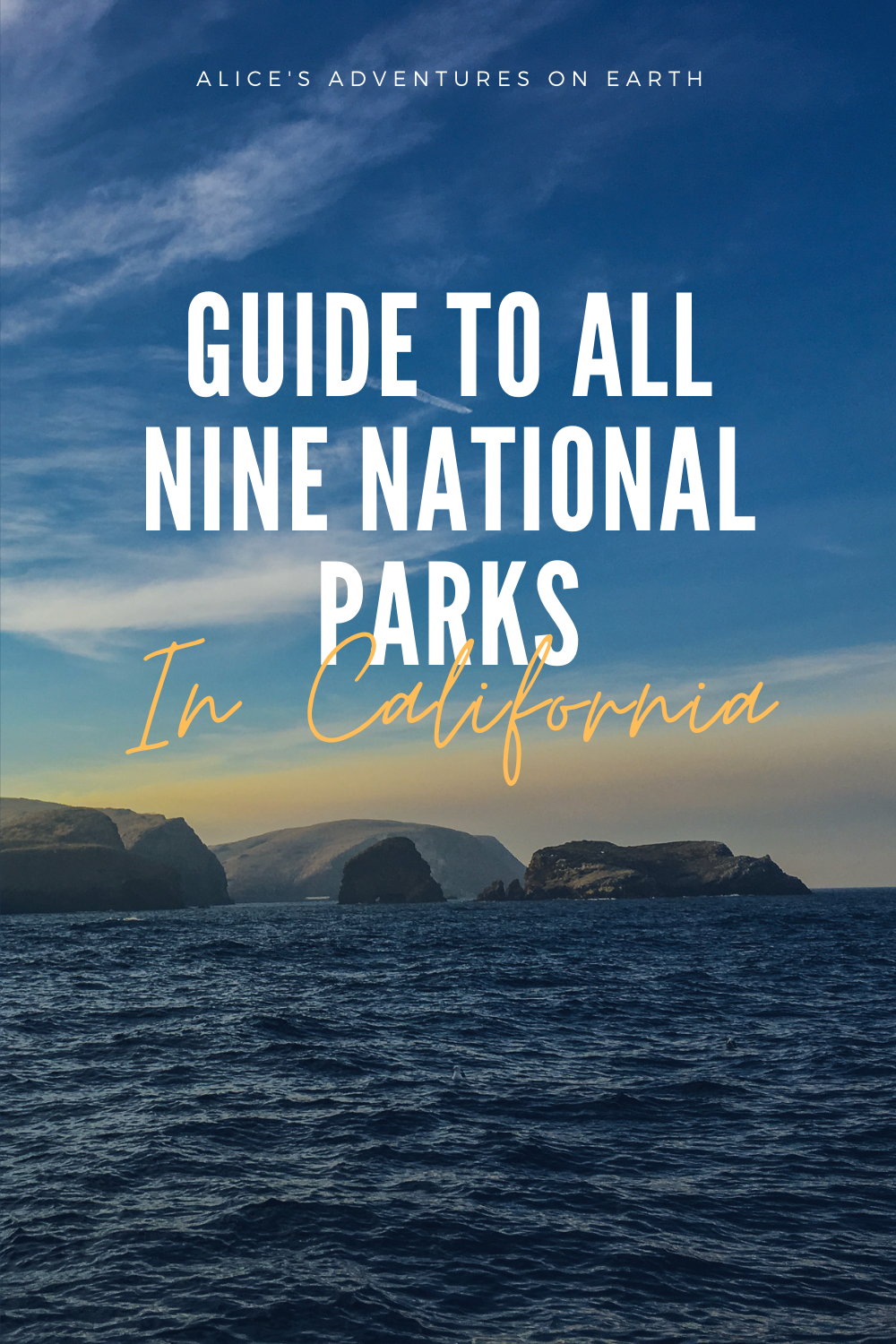




0 Comments